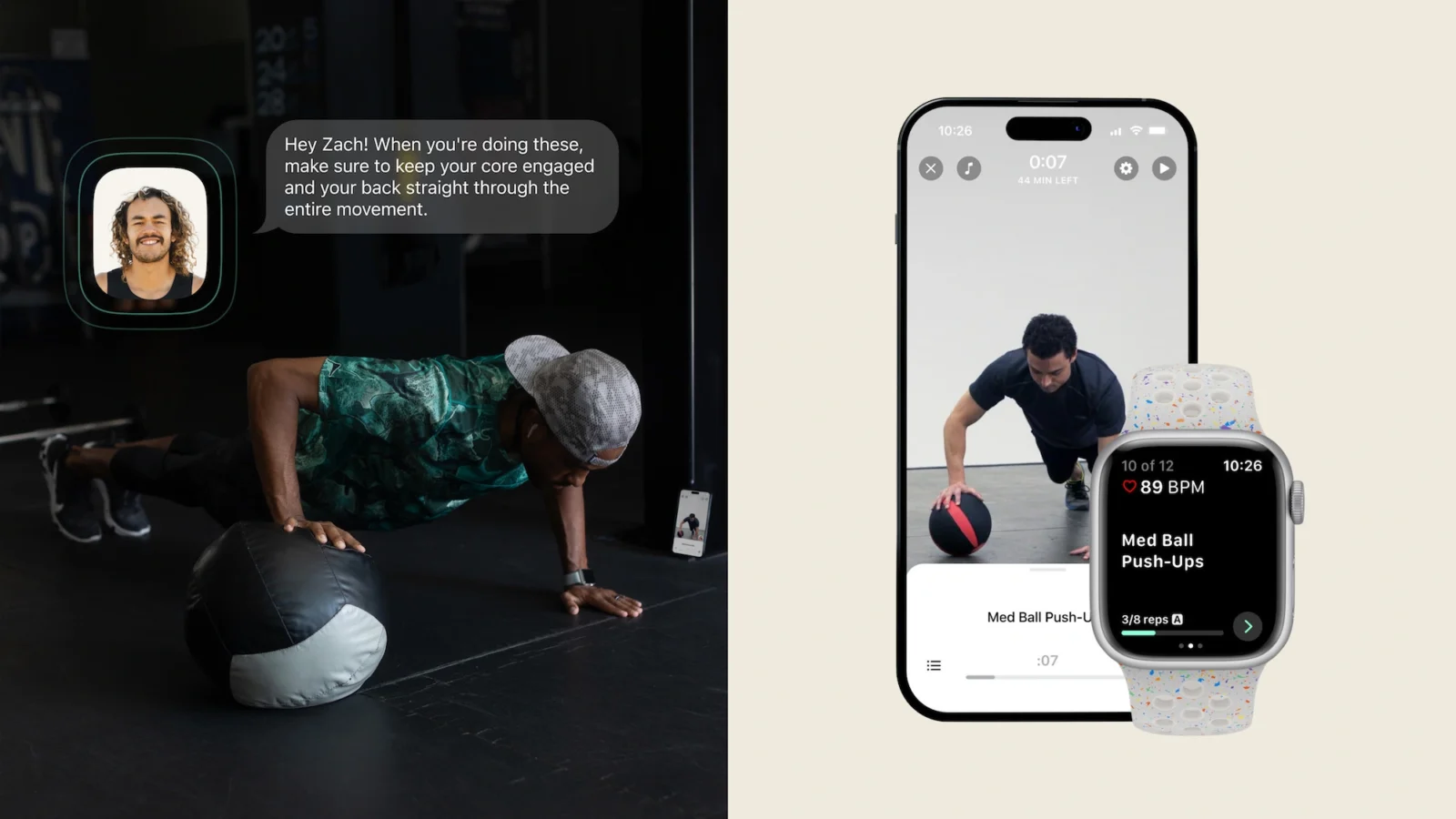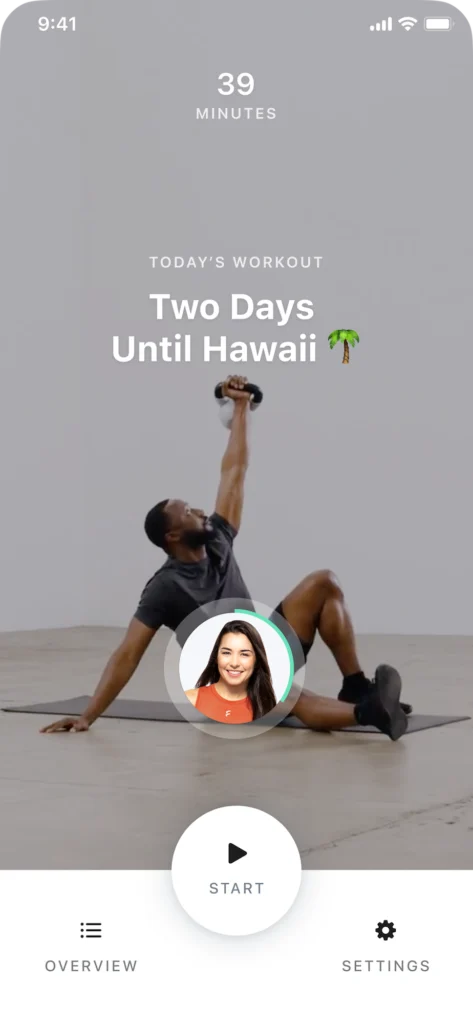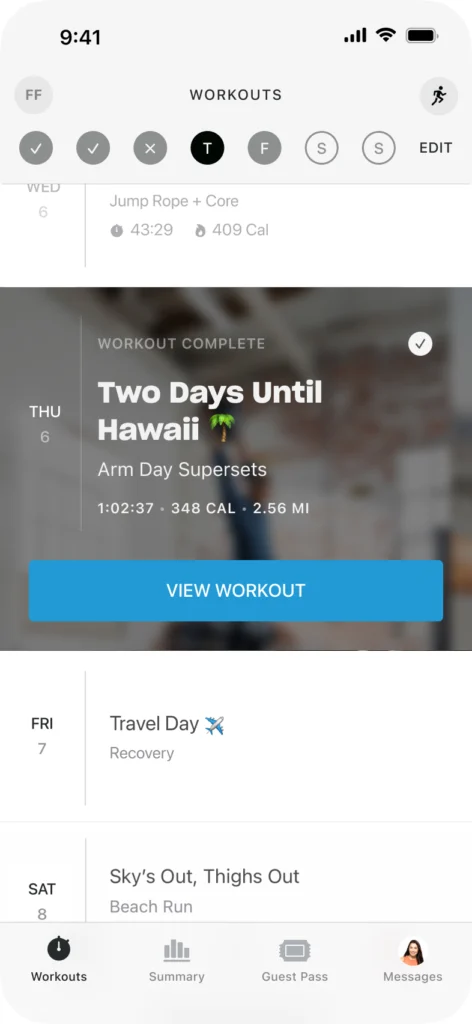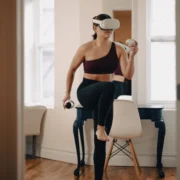Product of the Week: Is the Future App the Future of Personal Training?

Future is a virtual personal training app with a twist: a real person on the other side of the screen
All products featured on Athletech News are independently selected by our editors. However, when you buy something through our retail links, we may earn an affiliate commission
As the connected fitness space figures out its place after a tumultuous couple of years post-COVID, the Future app wants to bridge the gap between in-person and virtual.
Co-founded by Rishi Mandal, a Google and NASA alum, and Justin Santamaria, a former Apple engineer, Future offers a platform that connects users with a real trainer who develops customized training plans.
Athletech News put the Future app to the test to see how it compares to personal training options that are either purely virtual with no live coach interaction or those that are fully in-person.
Pros
Future’s appeal lies in its efficiency and effectiveness. To kick off the program, I filled out a five-minute questionnaire where I was asked about my fitness goals, my preferred technique for motivation and any injuries. Then, Future provides a list of potential coaches, highlighting their areas of expertise and coaching styles. Once I landed on my coach, I was asked to fil in which equipment I have access to, where I typically work out and my preferred length of workouts.
Once my schedule got started, the most useful aspect of Future was the accountability it provided. I felt a new pressure to complete my workouts knowing that my coach was following my progress. On days when I was too busy to complete the workout, I could easily switch around my schedule, but I still had to complete 3-4 sessions per week. Similarly, if I went on vacation, I could set my app to vacation mode (and input information about my new workout setting and equipment).
Each workout was introduced by a voice clip that my coach recorded, explaining the goals of the day’s workout and her rationale for including certain movements. She would “chime in” at other points of the workout with form tips and other advice.

Unlike most virtual workout platforms, my coach perfectly tailored my workout to my space and equipment. She asked for pictures of my space, which was helpful for workouts in a smaller apartment. I also loved that I could use my own playlists during a workout through Apple Music or Spotify. Sometimes I opted for the playlists provided by Future, which were fun and had a lot of variety for different music preferences.
It was a nice change to have a real person following my progress through an app. I felt a personal connection to my coach despite the screen between us, and she often reached out about my other workouts as well, such as runs or walks that I completed. This helped me stay on track, and I noticed myself getting significantly stronger over the course of a month with a workout routine that was convenient to my schedule.
My coach also encouraged me to take my measurements at different intervals, which was a helpful, quantifiable approach to tracking my progress.
Cons
One big difference between Future and a real personal trainer is that there is no automatic surveillance of your form. If a user watches along from a phone, the video demonstrates how to complete each exercise. However, following a video is not the same as having a trainer present to guide your form. I expressed this concern to my coach, and she immediately uploaded videos of her doing a deadlift and encouraged me to send videos of my form.
Another potential downside for some users is that while an Apple Watch is not necessary to use the app, it is encouraged. For workouts that have reps (as opposed to timed exercises), Future requires users to tap their app or smartwatch to move on to the next workout. Tapping a smartwatch is easier, and it simultaneously tracks heart rate throughout a workout.
One other minor issue I had with the app was that even when I told my coach the workouts were feeling a little too easy, she never encouraged me to scale up my weights, which I thought would have been useful advice. I understand that Future likely wants users to work with what they have, but I was surprised there was no suggestion to reassess my home gym setup and tools.

Lastly, Future costs $199 per month. As mentioned, if you don’t have a smartwatch, that purchase is also recommended, which could be another several hundred dollars. While this is cheaper than many personal trainers, it is far more expensive than many virtual apps.
Final Thoughts
Overall, if you’d benefit from extra accountability and customized at-home personal training routines, Future could be a more cost-effective and convenient way to work out. For seasoned athletes who can navigate their own workout routines and progress evolution, the app might not be necessary. Similarly, those who want frequent form advice or spotting might prefer live personal training sessions.
However, even over the course of just a month, and on my own time and terms, I noticed myself getting significantly stronger. The Future app just might be the future of personal training for those who have not found their ideal routine.
Read more ATN Product Reviews here.



